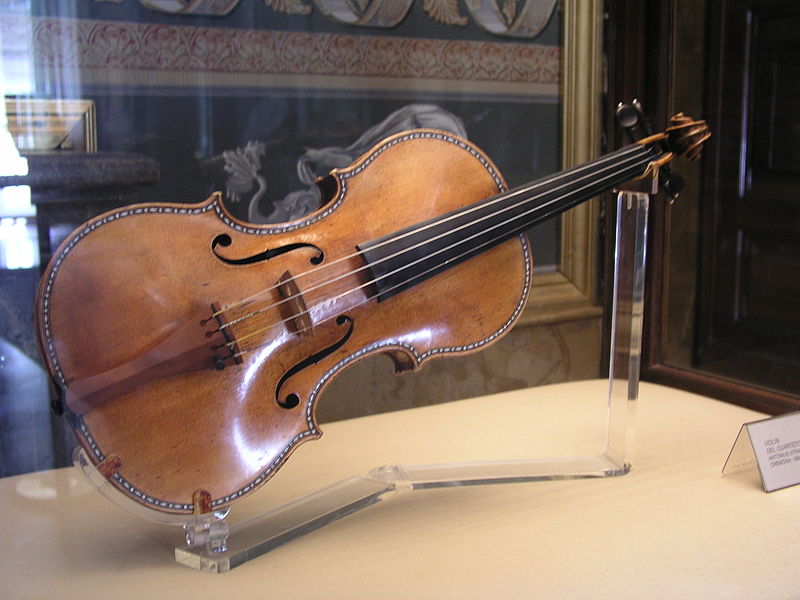Researchers have come up with another answer to the ongoing riddle of what it is about the violins manufactured by Antonio Stradivari that makes them sound so unique.

Scientists from the National Taiwan University wrote in a paper published by the Proceedings of the National Academy of Sciences that the secret to the wood used by Stradivari, and his contemporary Giuseppe Guarneri, may have been the practice of bathing the wood to prevent damage by bacteria.
The research was based on scraps of maple from four Stradivari instruments, two violins and two cellos, and one violin made by Guarneri. “In their current state, maples in Stradivari violins have very different chemical properties compared with their modern counterparts, likely due to the combined effects of aging, chemical treatments, and vibrations,” the researchers stated.
The researchers found evidence of treatments using aluminum, calcium and copper. This method was not used by later violin makers.
The scientists also found that due to the decomposition of certain parts of the wood, the instruments made by the 17th and 18th century masters have 25 percent less water in them than their modern counterparts. This matters because the less moisture contained in an instrument, the clearer the sound it produces will be.
It has not been possible to determine whether Stradivari and Guarneri were aware of the procedure of chemically bathing the wood they used to make violins. It may have simply been a practice undertaken by wood sellers to protect lumber against rot and other diseases.
If you want to try and identify a Stradivarius’ unique sound from among a group of instruments, try out this blind test.
